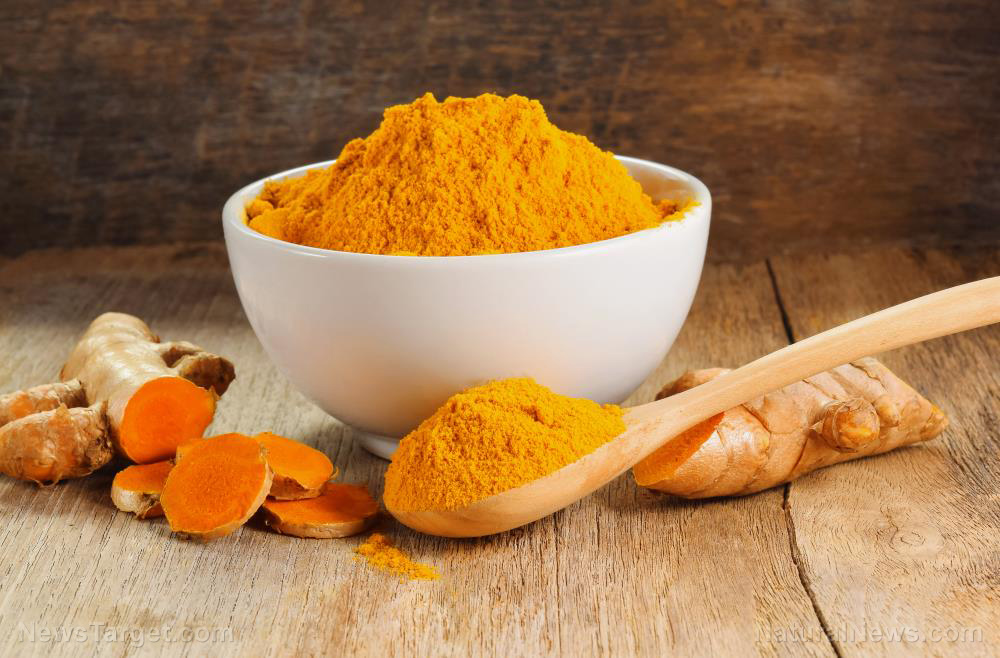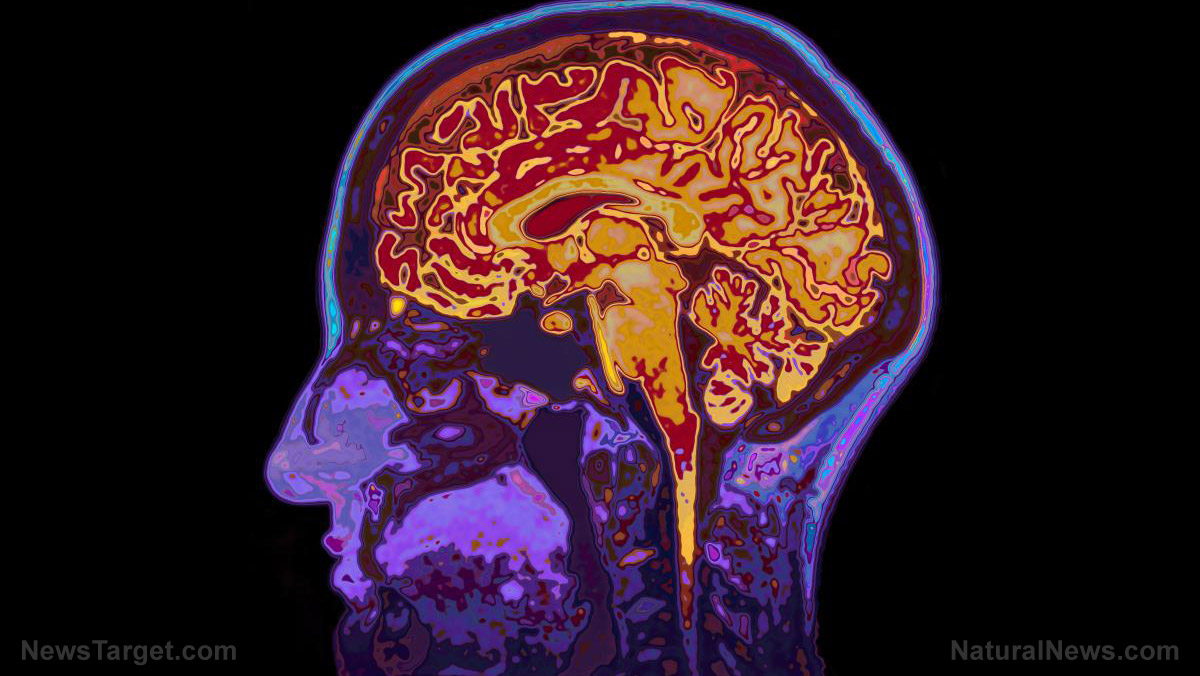by Critical Health News
Estrogen can be dangerous stuff. Sure, it’s an important hormone, responsible for the development of the fetus in the womb, the growth of connective tissue and the development of female sexual characteristics. Though it’s the most ancient of all of our hormones (it’s been around for 450 million years), it’s also associated with a wide range of health problems including fibroids, weight gain and cancers. It is pro-inflammatory, initiates the production of stress chemicals, and it’s linked to various particularly dangerous cancers including breast, uterine, colon and prostate cancer.
Even worse, there are certain chemicals, natural and synthetic, that, while not exactly estrogen, can act like it, throwing off the delicate balance of the body’s endogenous hormones. These so called ‘estrogen mimics’ or non-biological estrogen-like substances called xeno-estrogens (xeno meaning “foreign”) include birth control pills, hormone replacement therapy (HRT), as well as fertilizers and pesticides, all of which all have estrogen or estrogen-like activity. The levels of these xeno-estrogens have increased dramatically in our environment over the last 60 or 70 years.
One of the most significant causes of xeno-estrogen exposure occurs through foods. Over the past 60 or so years, the FDA has approved xeno-estrogenic substances for use in livestock. As a growth substance, estrogen is used to fatten farm animals. It increases the animals’ growth rate and the efficiency by which they convert the feed they eat into meat.
Traditionally, this has typically been a problem associated with livestock such as cattle and poultry. Recently, however, a new source of food xeno-estrogens has entered the marketplace: farmed fish. These fish are not only exposed to the hormone via toxic water, which has been saturated with the potent biochemical from agricultural runoff, but they have also been intentionally dosed with the hormone. For years, this chemical manipulation was restricted to countries in Asia known for their lax regulations. However, in the past few years even European and Scandinavian countries have become participants in the chemical control of aquaculture.
One of the main reasons for this hormonal manipulation is deliberate gender reversal; scientists are intentionally turning male fish into females by dosing them with estrogens. This practice which scientists call “Controlled Reproductive Biotechnology”, is a common practice because, in certain species, one gender or another tends to be larger. According to foodforbreastcancer.com , tilapia and halibut are especially subject to this kind of hormonal treatment.
Animal waste is also a significant source of xeno-estrogens. Animal waste may contribute an estimated 90 percent of total estrogens in the environment. Five gallons of runoff water contaminated with chicken manure may contain a birth control pill’s worth of estrogen.
Estrogen levels in poultry litter are so high that, when farmers feed chicken manure to their animals to save on feed costs, it may trigger premature development. Poultry manure has among the highest hormone content, quadruple the total estrogens, and nine times more 17-beta estradiol, the most potent estrogen and a “complete” carcinogen, as it exerts both tumor initiating and tumor promoting effects.
If you’re concerned about exposure to xeno-estrogens here are 5 ways to reduce toxicity:
5 ways to prevent xeno-estrogen toxicity
Use bentonite clay – 1 or 2 teaspoonsful in water. Bentonite clay has a large surface area for mopping up xeno-estrogens, and lots of others toxins as well.
Probiotics can help – Estrogen is metabolized, broken down and eliminated through the bowels. Probiotics and good bacteria are critical for facilitating this detoxification process.
Use Vitamins A and E – both nutrients may have estrogen balancing effects.
Don’t forget selenium – the most important estrogen balancing mineral.
Progesterone and Pregnenolone- the quintessential estrogen balancing hormones. Progesterone is best used in a cream. Pregnenolone is readily available in health food stores or on the internet.










